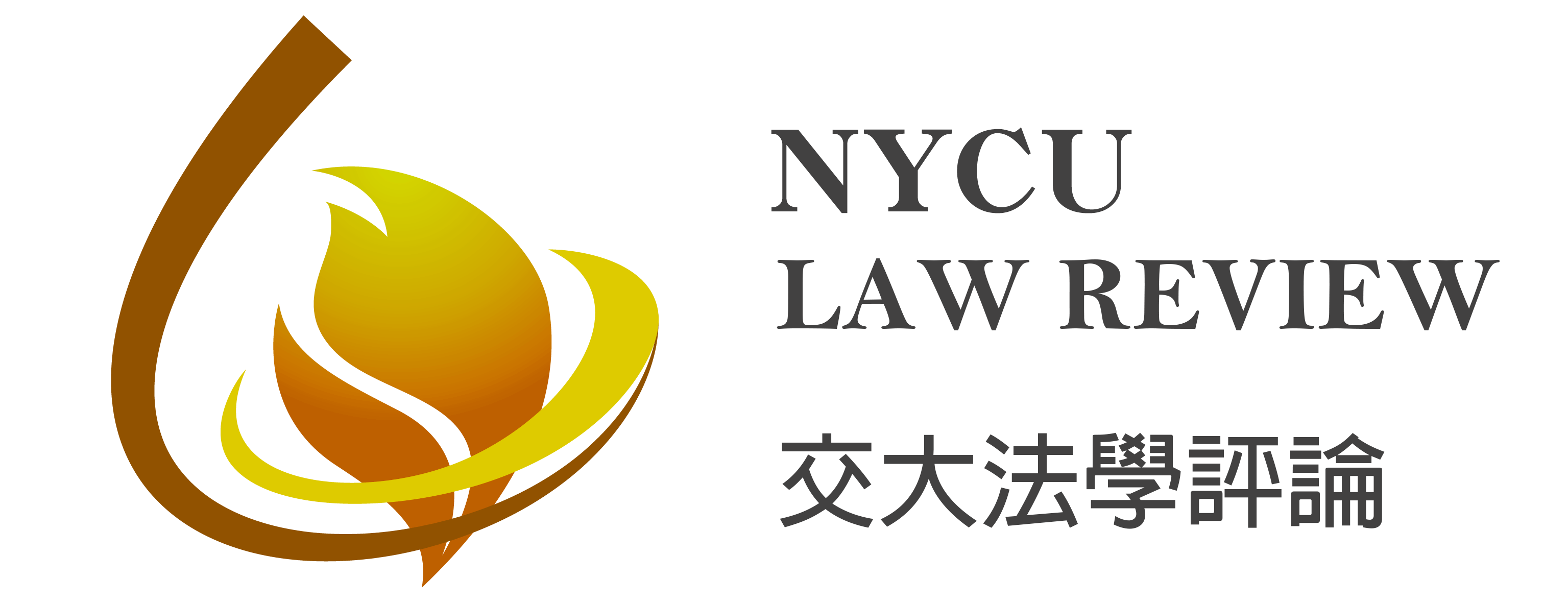| Title | |
| Reflection of the Theory and Experience of Bayh-Dole Act | |
| Author | |
| Chih-Chieh Yang | |
| Keywords | |
| Bayh-Dole Act, government-funded research, patent, Science and Technology Basic Law | |
| Abstract | |
| In 1980, through the beginning of the U.S. Bayh-Dole Act, the federal government-funded research can apply for a patent. It resulting in a significant increase of patent application by universities. The number of patents granted in 1979 was 264 patents, while in 1997 the number is 2,436, which grows nearly 10 times. However, most of these patents were on the biomedical field, and most of them are funded by the federal government. More important, most of them are basic research or research tool patents. The original intent of Bayh-Dole Act was to encourage federally funded research be more commercialized. However, the legislators do not realize that a lot of university research is fundamental research. Fundamental research is basis of further applied research, particularly in the field of biomedicine. Thus, there is no need to grant patent on basic research. If the basis research patent protection granted, the follow-up research and development will be hindered, which impede scientific progress. In this paper, the author reviews the patent policy of government-funded university research, and intrudes some critics of Bayh-Dole Act. In the final, the author will examines of Taiwan’s Science and Technology Basic Law section 6. |
|
| Abstract | Article |
|
273 Downloads |
504 Downloads |
